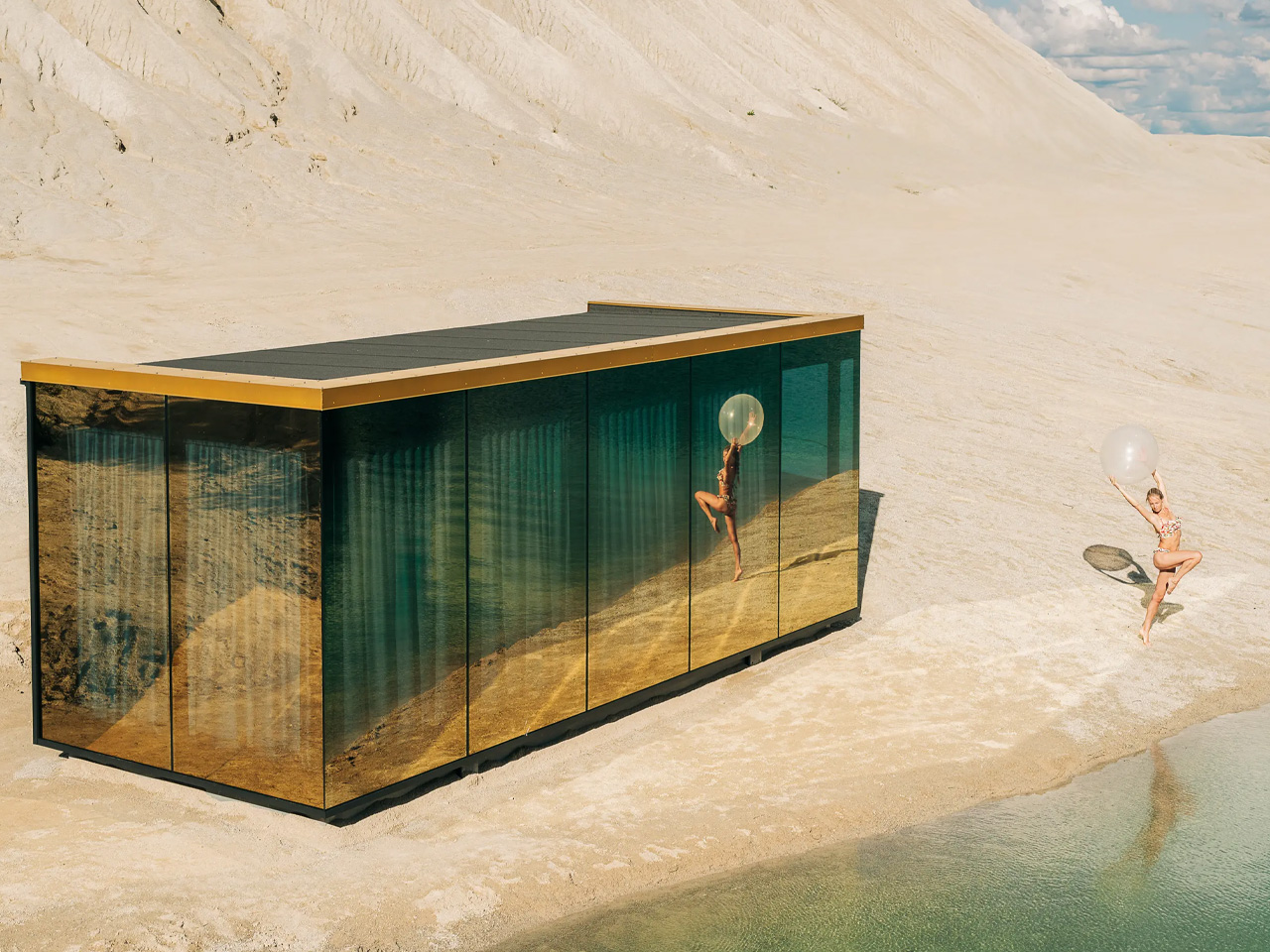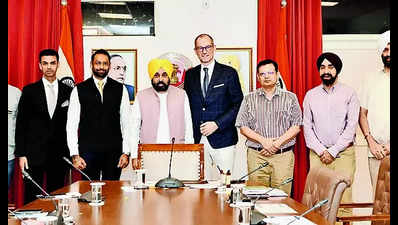This article has been reviewed according to Science X's editorial process and policies . Editors have highlighted the following attributes while ensuring the content's credibility: Credit: Nothing Ahead from Pexels In Ireland, where I live now, energy poverty has a technical definition: if your household has to spend more than 10% of its income on energy, you are living in energy poverty. This is fairly typical as far as definitions go globally.
Although there is no standard definition, you are generally said to be in energy poverty once energy costs account for a certain percentage of your income. The lack of a standard definition means that for some people, energy poverty can mean going without luxuries. For others, it can be a question of life or death.

As someone who has experience of power outages lasting 22 hours a day in Pakistan, what I infer from these attempts to define energy poverty is the privilege of having reliable access to energy. Many researchers studying this problem take access for granted, which is not something you can expect in every place or situation. I have noticed this discrepancy at various high-level energy and climate conferences, including COP28 in Dubai.
Pakistan's 2022 monsoon season brought a deluge that wrought floods and landslides, destroying roads and bridges and disrupting electricity, gas and telecommunication networks. Since the floods, there are still areas in the south of the country where it is common to find communities without electricity, natural gas or internet. I come from such a background, and for me, energy poverty has always been about whether I can expect power when I flick a switch.
It's not like the energy is any cheaper in Pakistan. To address rapid inflation and currency devaluation, the Pakistani government recently..
. Lala Rukh.


















